When planning your visit to South Korea, you’ll likely focus on food, fashion, and K-pop. But understanding religion in South Korea gives you a deeper glimpse into the heart of its people. Here are the crucial facts, percentage, and cultural insights you must know about the religion in South Korea, because faith still quietly shapes everyday life.
Religion in South Korea: A Quiet Pulse Beneath the Neon Lights
You might not see it at first. In the bustle of Myeongdong, among pop-up K-beauty counters and pulsing K-pop billboards, religion in South Korea seems like a whisper rather than a headline.
But travel a little deeper—past the shopping districts and into the mountainside temples, urban cathedrals, and tucked-away fortuneteller booths—and you’ll find something quietly profound.
Because amid its amazingly rapid change, South Korea is a country where centuries-old spiritual traditions still breathe under the surface of modern life.
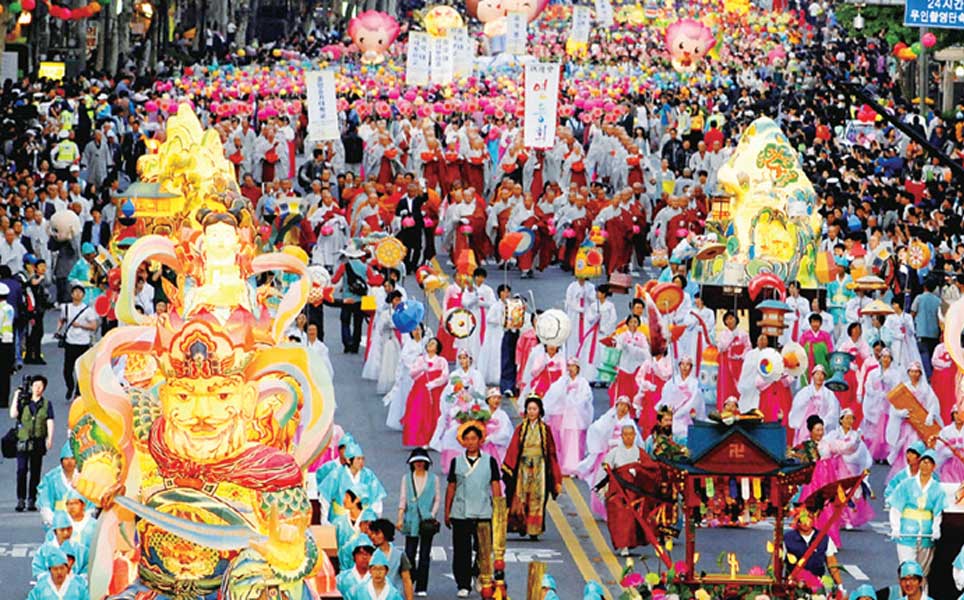
So, what is the main religion in South Korea? Why do so many Koreans identify as non-religious, yet still seek out monks, pastors, or shamans? And what does freedom of religion look like in this fast-evolving society?
This is your essential, no-fluff guide to religion in Korea—grounded, insightful, and written just for travelers who want to understand the culture beyond the usual tour.
Let’s Check the Facts: Does South Korea Have Freedom of Religion?
Yes, and it’s constitutionally protected. The Republic of Korea guarantees full freedom of religion and strict separation of religion and state. There’s no national religion, and citizens are legally free to practice—or not practice—any faith without government interference. This applies across all recognized and unofficial religious groups.
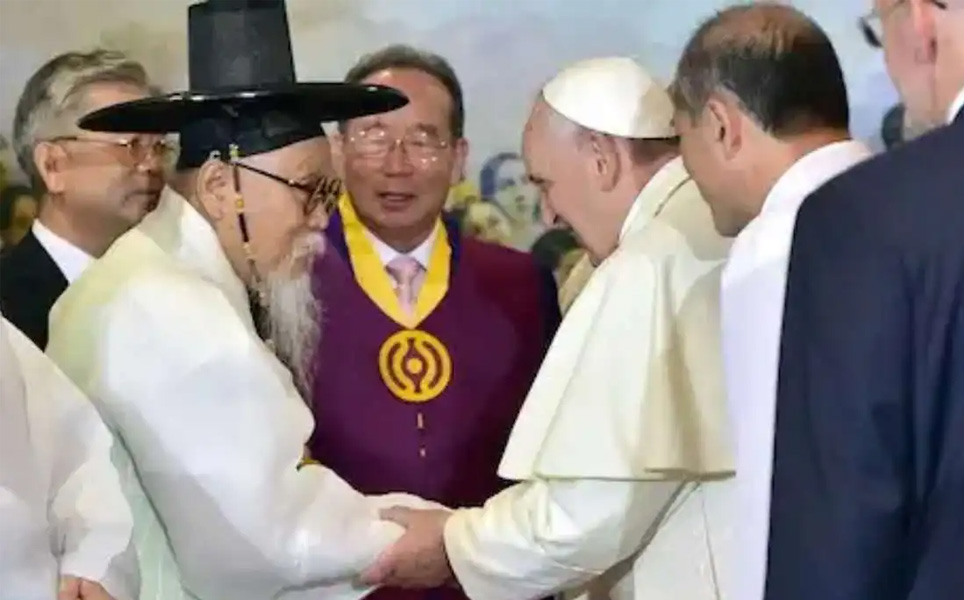
Public schools don’t include religious education, but private institutions are free to teach and observe their faiths. In fact, South Korea was ranked as having high religious freedom by organizations such as Freedom House and Pew Research.
South Korea Religion Percentage (2024 Insights)
Let’s break down the numbers. According to the most recent national census data and demographic research, this is the percentage of religion in South Korea:
- 51% of South Koreans identify as non-religious
- 20% are Protestant Christians
- 17% are Buddhists
- 11% are Roman Catholics
- The remaining 1% include Won Buddhism, Confucianism, Cheondoism, Daesun Jinrihoe, Islam (estimated at 150,000 adherents, mostly migrant workers), and smaller groups like Eastern Orthodox Christianity and Judaism (approximately 1,000 expatriates).
This means the majority of South Koreans don’t affiliate with any religion—but that doesn’t mean they’re disinterested in spirituality.
Why Is Korea Mostly Non-Religious?
It’s a nuanced story. Despite Buddhism’s deep historical roots and Christianity’s rapid rise, more than half the population today say they don’t follow a specific religion.
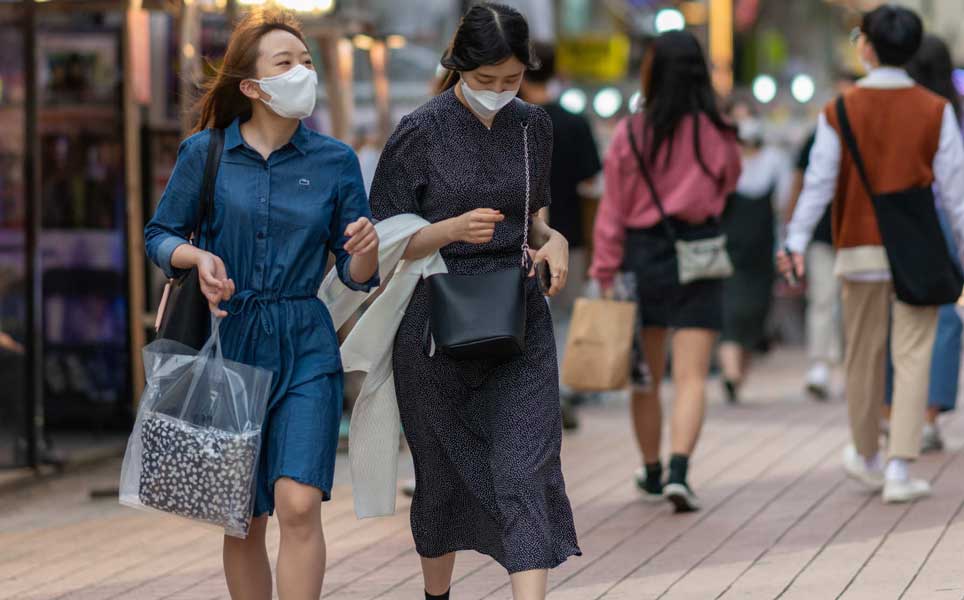
But “non-religious” in South Korea doesn’t mean faithless or uninterested. Rather, it reflects a unique cultural mindset where spiritual practices are often personal, pragmatic, and fluid. And this is where the culture of religion in South Korea is the most unique, completely different from practices in other countries.
For example, it’s not unusual for someone to pray in a Catholic church one week, burn incense at a Buddhist temple the next, and visit a fortuneteller before an exam—all without belonging to any formal religious community. This flexible, instrumentalist approach is deeply Korean: religion here is often more about function than affiliation.
In short, Koreans may not belong to a church or temple, but many still actively engage in religious or spiritual activities when needed.
What Is the Main Religion in South Korea?
There’s no single dominant religion, but three faiths have historically shaped the soul of the nation:
Buddhism: Serenity in the Mountains
Brought from China in the 4th century, Buddhism became Korea’s state religion during the Silla and Goryeo periods. Even after it was suppressed by the Confucian Joseon dynasty, it remained a quiet force—especially in rural and mountainous areas.
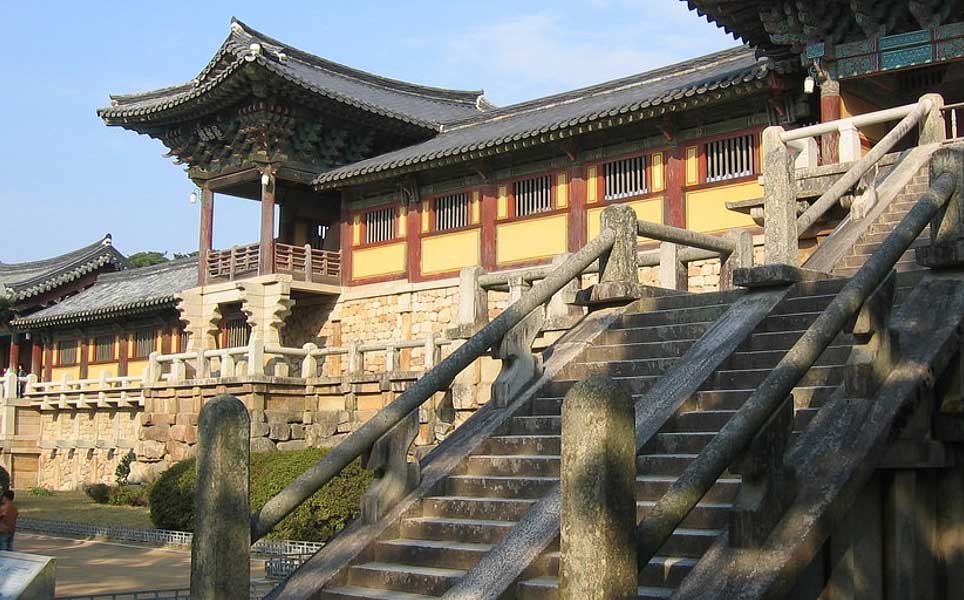
Today, you can visit ancient Buddhist temples like Bulguksa or Haeinsa, often beautifully nestled in nature. Many Koreans, even if not formally Buddhist, visit temples for meditation, healing, or meaningful life events.
Christianity: Urban Megachurches and Social Movements
Christianity (both Protestant and Catholic) entered Korea in the 18th century and grew rapidly in the 20th. Seoul now has some of the world’s largest churches, including the Yoido Full Gospel Church.
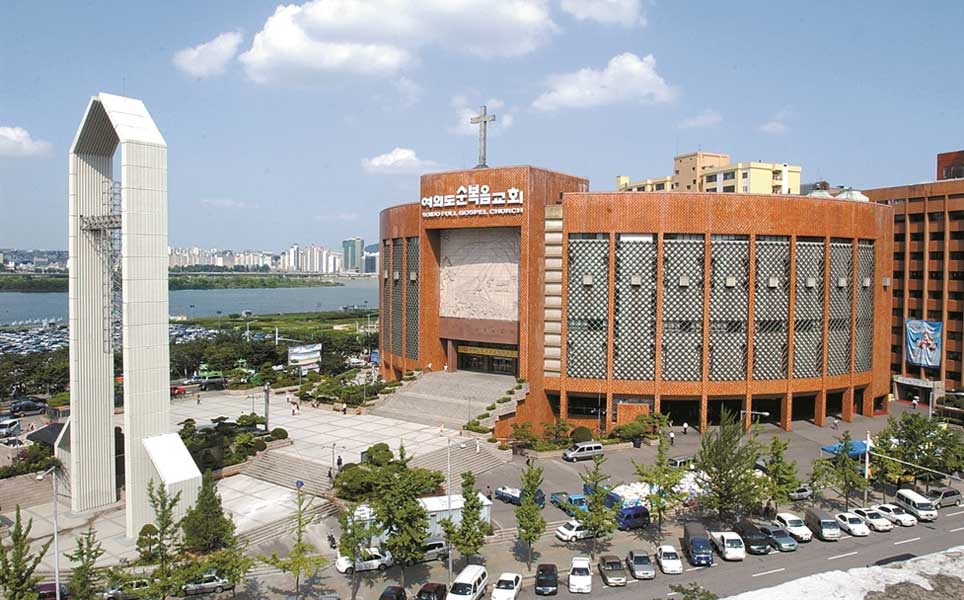
Christianity in Korea isn’t just about worship. It’s tied to education, politics, and humanitarian outreach. Korean Christian missionaries serve in remote corners of the globe, and domestic churches often lead major social campaigns.
Shamanism and Folk Beliefs: The Unseen Layer
Older than any scripture, Korean Shamanism—musok—continues to thrive in the form of private rituals, fortunetelling (jeom), and ancestral rites.
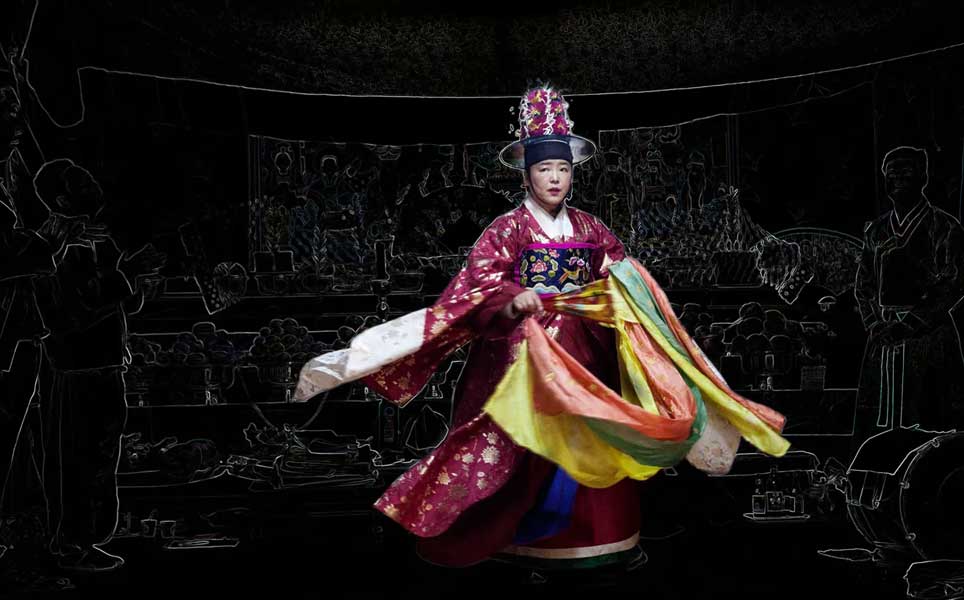
You might pass a jeomjip without knowing it. Look for the reverse swastika symbol (not to be confused with Nazi symbolism; this is an ancient Buddhist icon), or discreet signs offering blessings, luck charms, and spiritual cleansing.
Though often dismissed as superstition, shamanism remains a powerful undercurrent in Korean life, especially in times of transition, illness, or uncertainty.
Confucian Values: More Cultural Than Religion in South Korea
Though not counted as a religion by most, Confucianism shapes the backbone of Korean social behavior—especially in family, education, and etiquette.
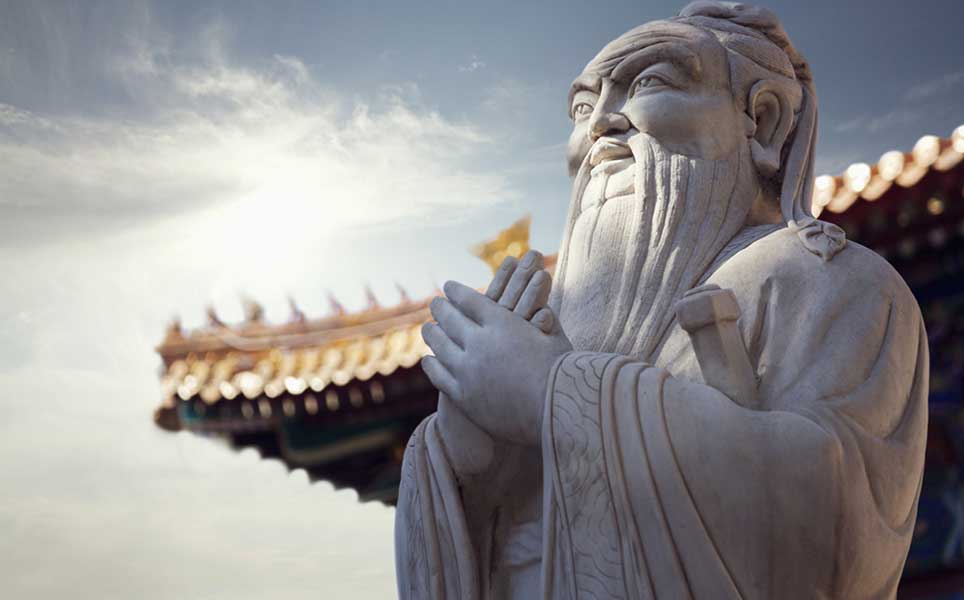
Filial piety, hierarchy, respect for elders, and ancestor memorial rituals (like jesa on Lunar New Year and Chuseok) all stem from Confucian thought. It’s less about prayer or gods, and more about order, loyalty, and moral behavior.
As a traveler, you might notice its influence in subtle moments: the bowing, the way people address each other based on age, or the reverent silence during family holidays.
Modern-Day Religion in South Korea: What You’ll Actually See
Despite all the above facts and unexpected percentage, you will most like encounter stunning blends of faith in modern-day religion of South Korea. That is why if you walk through any Korean city, here’s what you’ll likely encounter:
Crosses on Nearly Every Block
Christianity is highly prominent in urban centers. Church steeples, many marked by red neon crosses, are frequently seen rising between apartment buildings and offices. These range from small neighborhood congregations to some of the world’s largest megachurches.
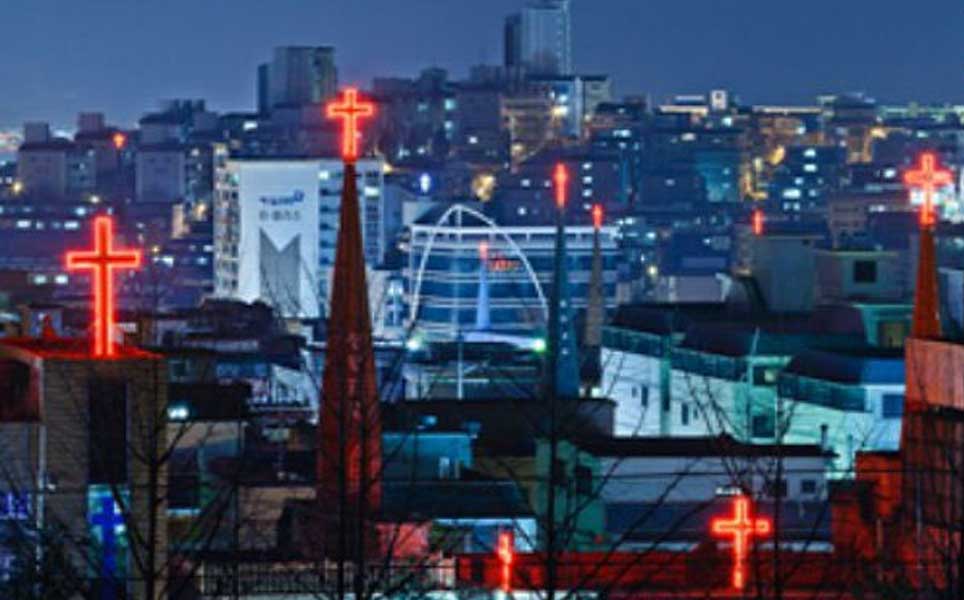
Temples Tucked in The Hills
Buddhist temples, in contrast, are typically found on the edges of cityscapes or nestled into forested hills. Sites like Jogyesa in central Seoul and Haedong Yonggungsa in Busan draw visitors for both their architectural serenity and their role in preserving Korea’s Buddhist traditions. These spaces are open to visitors and often host cultural events alongside religious services..
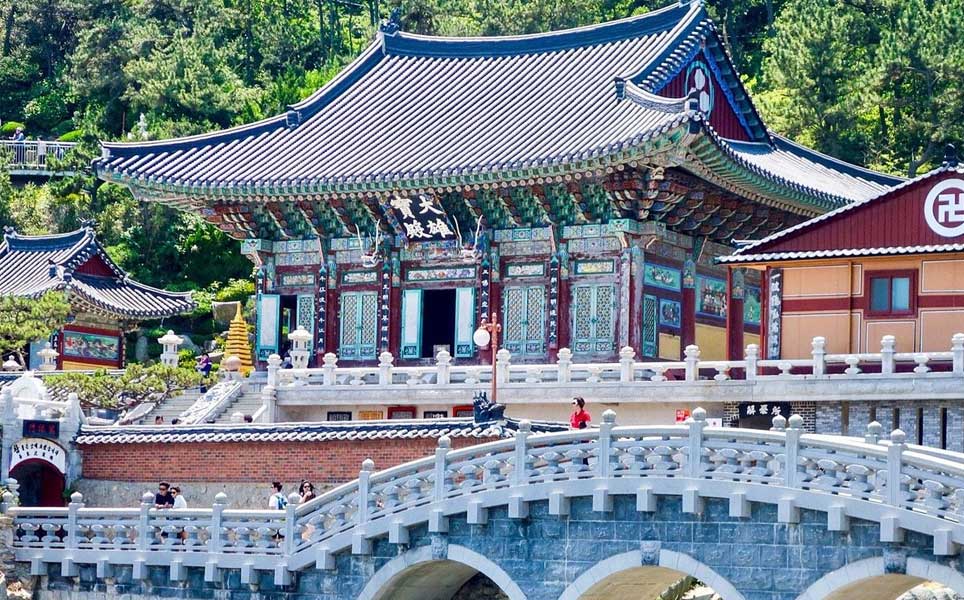
Fortunetellers and Shamans
Shamanic practices continue to play an active role in Korean society. Fortunetelling houses, known as jeomjip, are found both on side streets and in digital marketplaces, offering consultations for matters such as career, relationships, and family health. Some maintain long-standing community trust, even as others operate with modern branding.
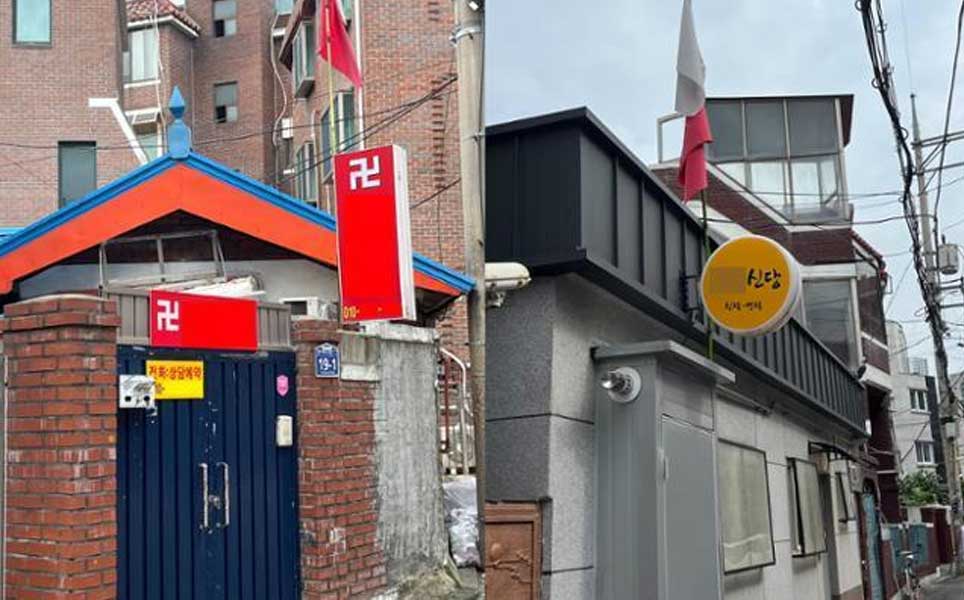
Halal Eateries and Mosques
Islam, while practiced by a small population, is growing through the presence of foreign residents and Korean converts. The Seoul Central Mosque in Itaewon remains a central point for community and worship, and a modest number of Halal-certified restaurants and prayer spaces have emerged in major cities.
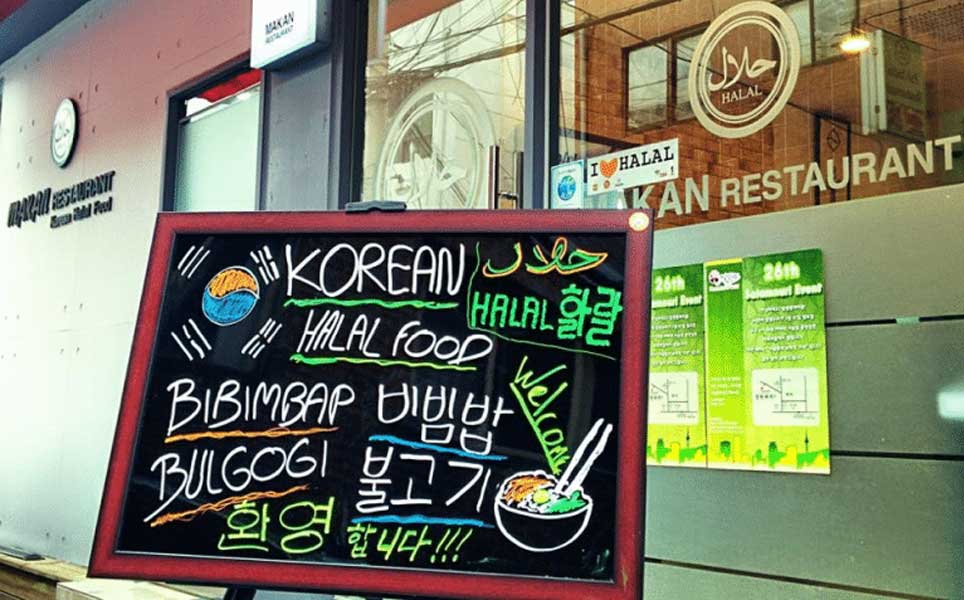
Traditional Confucian Culture
Traditional Confucian rites remain quietly influential. Family memorial rituals, known as jesa, continue to be observed in private homes during major holidays like Chuseok and Seollal. These practices, though not public-facing, are integral to many households and reflect Korea’s enduring respect for ancestors and family lineage
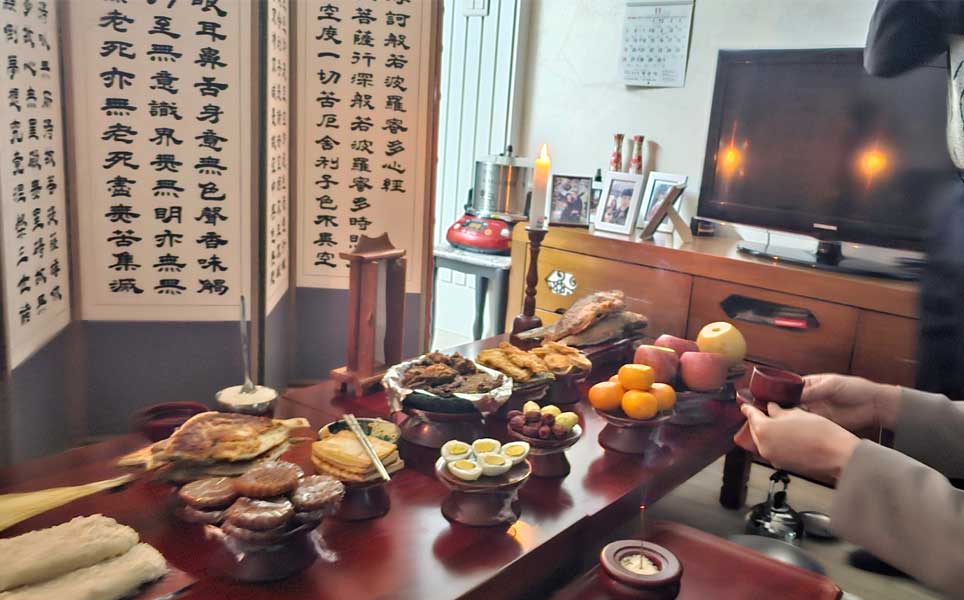
Public ceremonies may incorporate both Buddhist blessings and Christian prayers, while personal beliefs often transcend denominational boundaries. This practical, adaptive approach is one of the defining features of the modern religion in South Korea.
Etiquette for Travelers: What to Know Before You Visit
If you’re exploring landmarks that’s closely related to religion in South Korea (Seosomun, Temples, etc.), it is the utmost important to understand some of the main facts and basic courtesies.
Respect Sacred Spaces
When visiting Buddhist temples or shrines, it’s important to dress modestly. Cover your shoulders, take off your hat, and keep your voice low. In Korean tradition, pointing your feet at an altar is considered disrespectful—so if you’re seated, try to sit cross-legged or with your feet tucked away.
No Proselytizing!
South Korea may legally uphold religious freedom, but that doesn’t mean all expressions are welcome in daily life. Attempts to preach or convert—especially without invitation—are often viewed as inappropriate. Many locals have grown cautious due to past encounters with aggressive outreach, so it’s best to engage in conversation, NOT persuasion.
Do NOT Mistake “Non-Religious” for “Disinterest”
Just because over half the population identifies as having no religion doesn’t mean spirituality is absent. Many Koreans still hold deep respect for rituals—visiting ancestral graves, seeking good fortune, or burning incense at a Buddhist altar. Spirituality often flows quietly, interwoven into family life and cultural customs.
Always Ask Before Taking Photos
It’s perfectly okay to admire a ceremony or ritual, but be mindful before snapping a photo—especially if it involves family memorial rites or a shamanic gut. These moments are deeply personal, and a simple question or gesture of respect can preserve the sanctity of the space and the warmth of your welcome.
Final Thought: Religion in South Korea Is About the Quiet In-Between
Finally, if you’re expecting a country neatly divided by major faith, all these facts and percentage about religion in South Korea will surprise you. Here, religion isn’t always what people say on paper—it’s how they grieve, hope, celebrate, and make meaning in an unpredictable world.
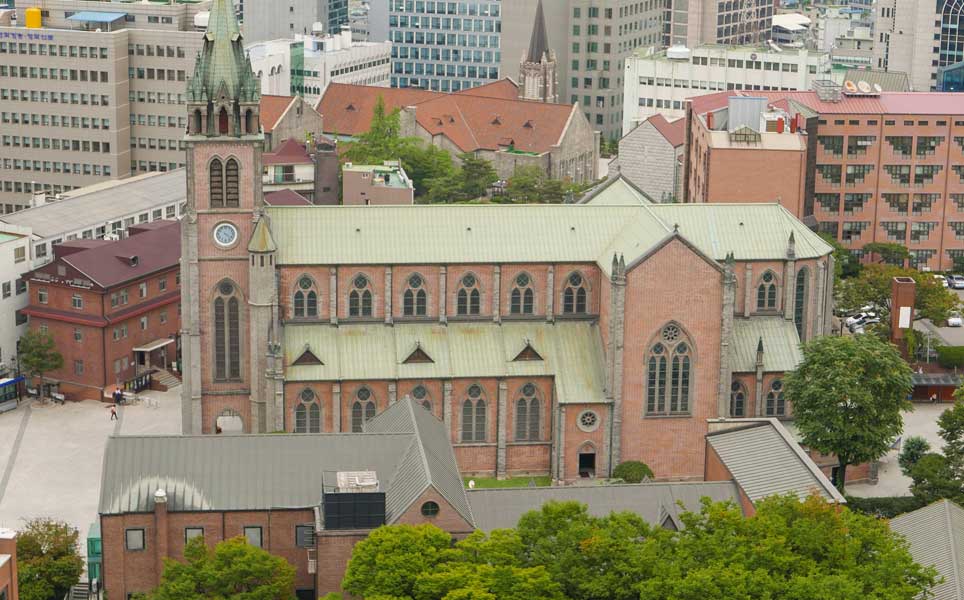
So when you walk past a temple gate or spot an old woman quietly praying at a street corner shrine, pause. There’s a deep, intricate story behind that moment. And as a visitor, you don’t need to convert or understand everything. You just need to notice.
Related Posts
4,033 total views, 5 views today

















